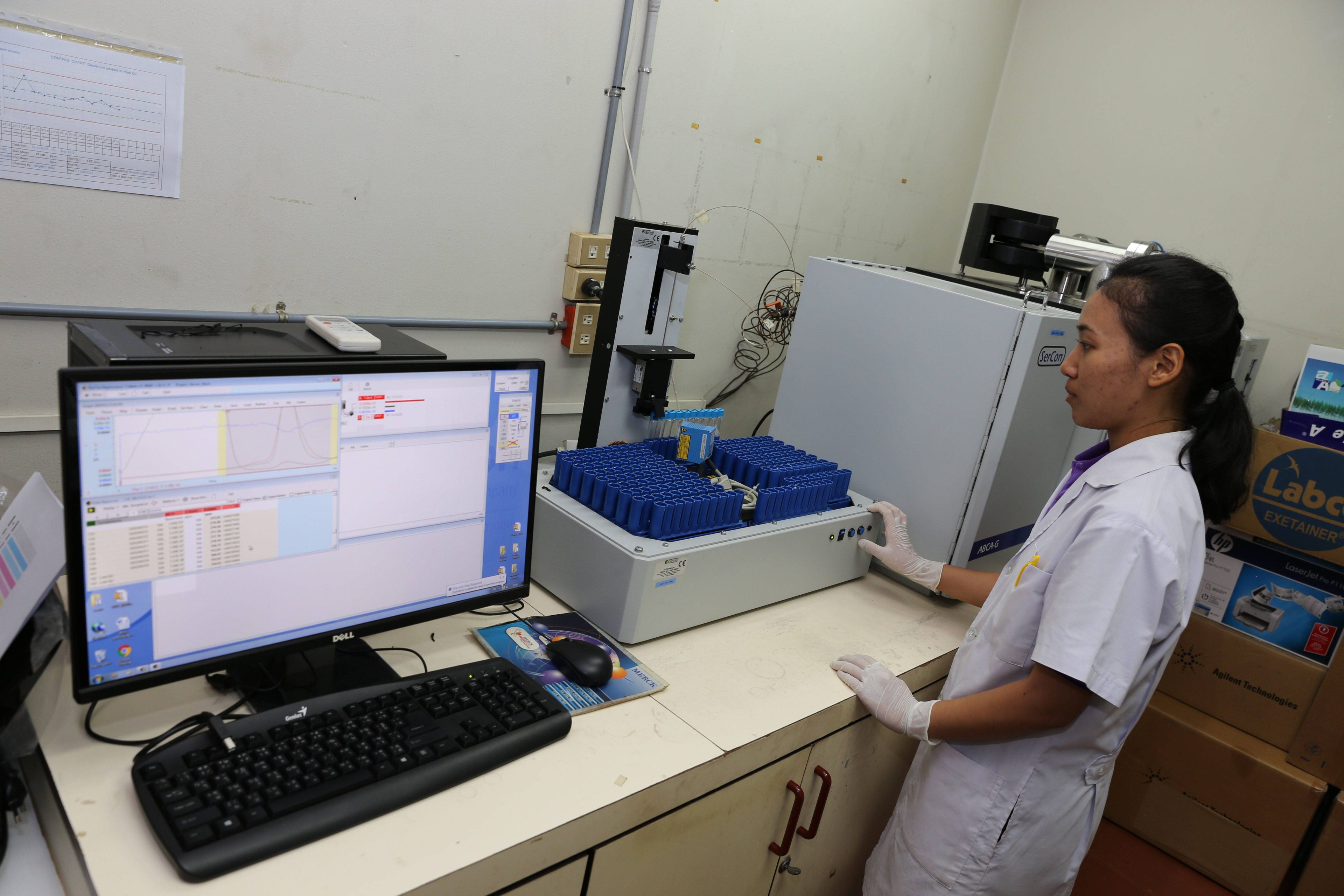Precise data for setting up nutrition and food guidelines
When setting up any nutrition guidelines, precision is important because DRIs influence people’s everyday lives, Udomkesmalee said. “When you set food-based dietary guidelines for people, you need to make sure that when you tell people ‘four portions of this food,’ it really meets the requirements of the nutrients and the energy for people of a certain age and activity level.”
DRIs influence everything related to nutrition in a country, from nutrient labels on food, food-based dietary guidelines and health programmes to food research and development. They are based on a rich mix of international and national data related to the human body’s daily need for energy, carbohydrates, protein, fat, vitamins and minerals.
The encyclopedia-sized guidance document is broken down by individual nutrient and each chapter is further sub-divided according to age, gender, and, when relevant, special groups that can be significantly influenced by the nutrition recommendations in the DRIs.
When developing national DRIs, scientists often pull from international data that applies to human bodies globally, but this does not always capture a country’s exact needs, said Wantanee Kriengsinyos, associate professor at the Institute who oversees studies on energy expenditure and body composition.
“Fifteen years ago we borrowed DRI data on energy from western countries, for example, but now we are finding that the levels are too high for Thai people, and generally Asian populations. If we keep using this older, borrowed data, we’re going to be twice as huge because the diet is too energy dense,” explained Kriengsinyos. “We need to revise how much people really need based on their energy expenditure, and we are validating these values using stable isotopes.”
While Thailand can refine existing data to ensure the DRIs fit its population at large, in other cases, specific data has to be collected to address the needs of certain groups particular to Thailand.
This is the case, for instance, for hemoglobinopathy, explained Udomkesmalee. This is a genetic defect that causes iron overload. It affects around 7% of the world’s population and is most common in the populations of Africa, the Mediterranean basin and Southeast Asia. “If one-third of Thailand’s vulnerable population in the northeast has this condition, we have to ask: will iron fortified food hurt them? The only way to answer this is by using stable isotope techniques to study iron absorption.”
The scientists have found that iron-fortified food is not a problem in the carrier of the hemoglobinopathy genes, but it can be for those people with the full-blown disease. The findings of this study will be included in Thailand’s DRIs.

